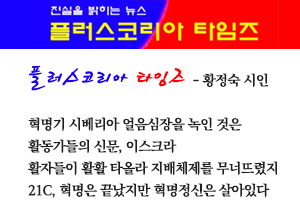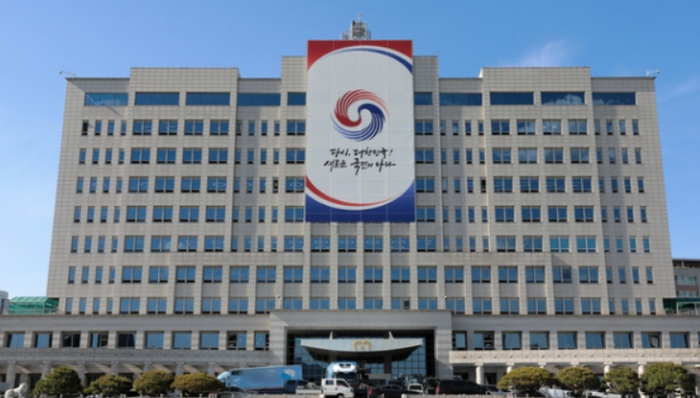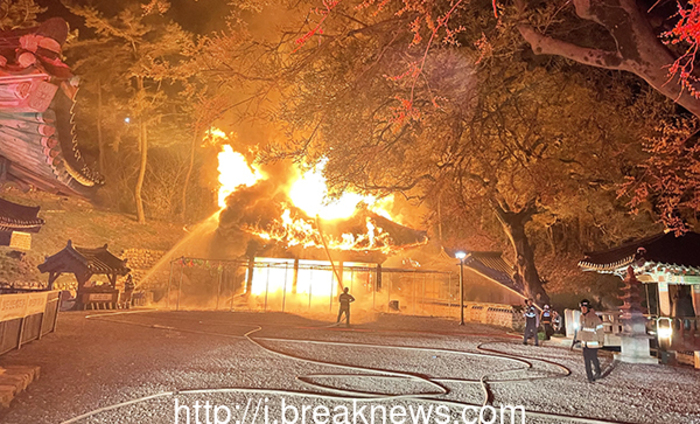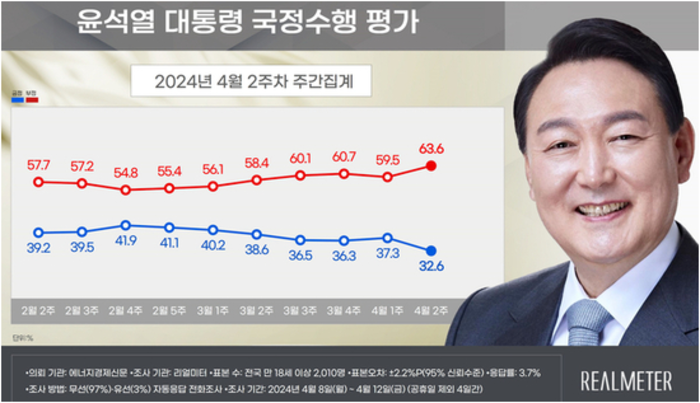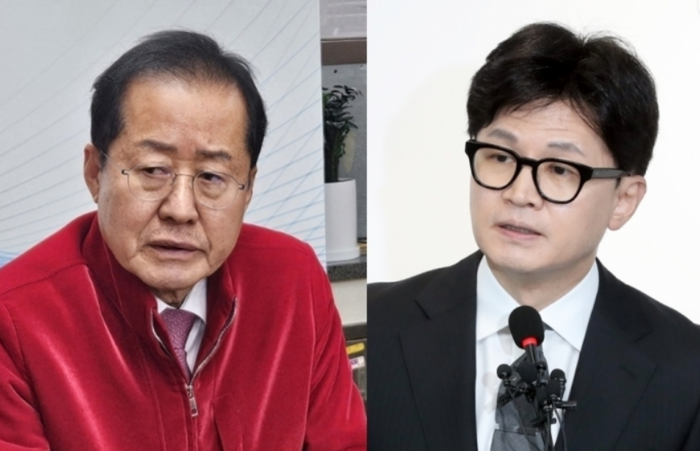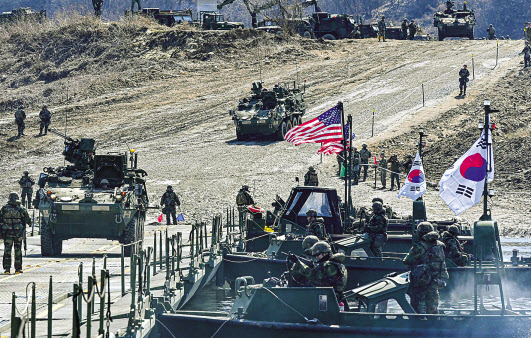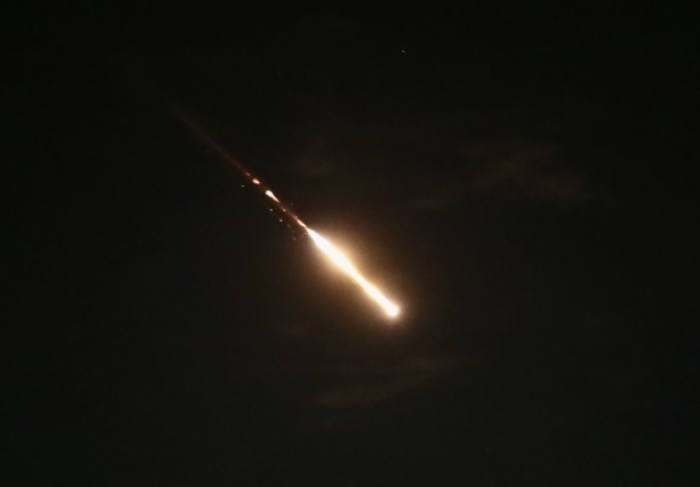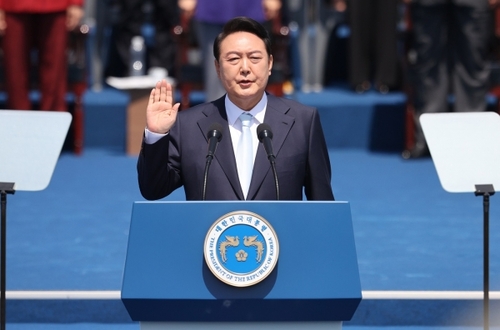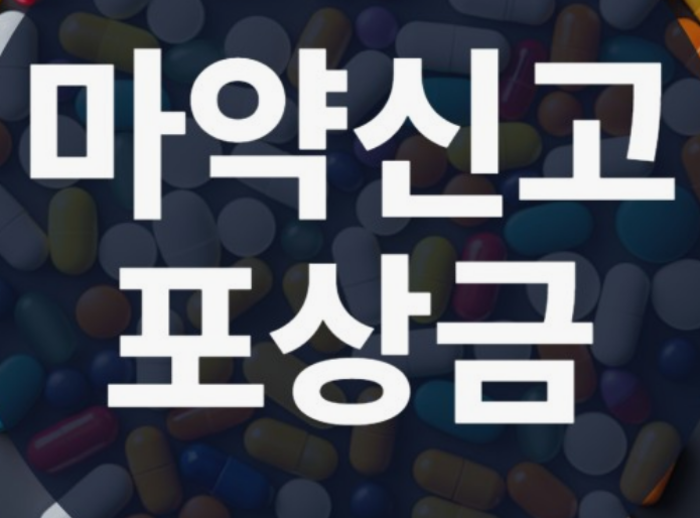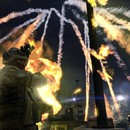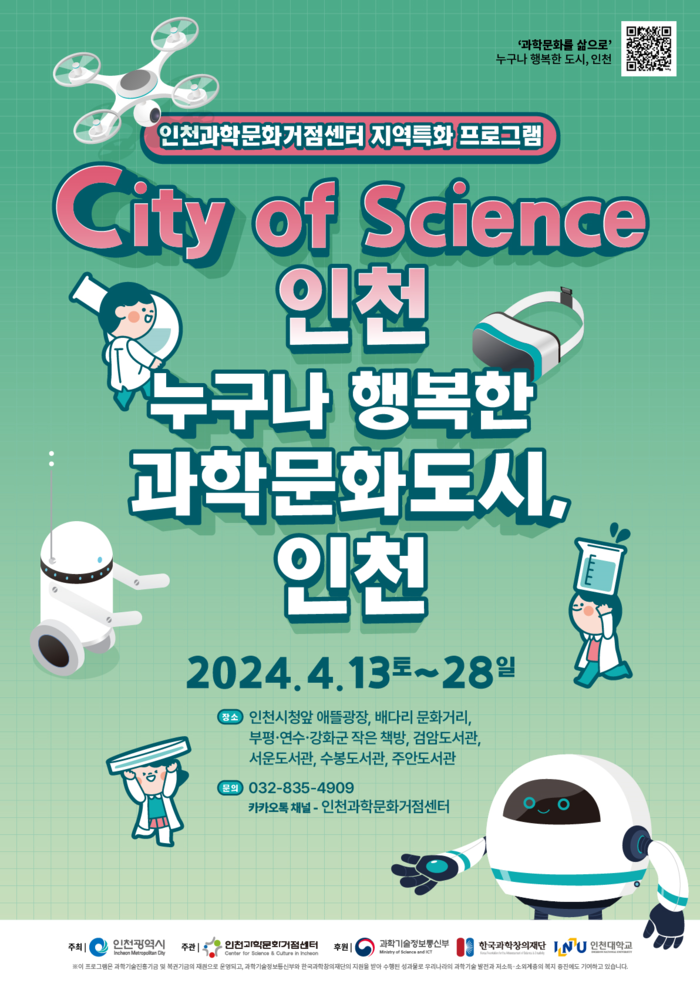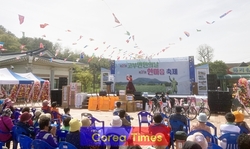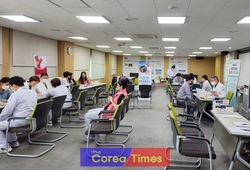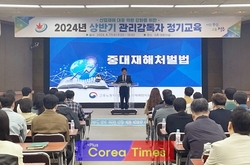[Modern Applicability of Hongik Ingan Ideology -3] Modern Realization Method
[Modern Applicability of Hongik Ingan Ideology -3] Modern Realization Method[Currently, Korea is the world's 10th largest economy, but the failure of the national development model continues. In a situation where it is urgent to solve problems such as political and economic polarization and social conflict, the need to seek solutions or solutions to them has been raised. Under these circumstances, I would like to explore the modern realization and applicability of Hongik Ingan, the Korean people's idea, using the founding ideology, political ideology and thought. Dr. Lim Ki-chu's academic thesis titled 'Exploring the Modern Realization and Applicability of Hongik Ingan Ideology' will be published in five series. Editor's Note]
III. Relative relationship by category of Hongik Ingan and modern realization of Hongik Ingan ideology
Research cases related to Hongik Ingan
Jeong Yeon-shik (1983: 62-63) summarized the core content of Hongik Ingan thought as humanism, and described the state, power, politics, economy, money, market, social system or organization, academic, religion, and technological civilization. The anthropocentric idea that all civilized devices regulating the world should serve human happiness, altruism that considers a life that contributes to the happiness of neighbors and communities to be a desirable life, and secularism that values happiness in the present world, not the next life.” included in the content. Kwon Seong-ah (1999: 102) interpreted “Hongik Ingan’s human being as meaning the human world, a world where people live together rather than individuals, and interpreted it as a human world or a human community.” Kim In-hoe (1999: 47) interpreted human as “nuri, a concept that encompasses people and nature.” Here, the meaning of nature can be said to refer to the existence of mountains, rivers, seas, plants, animals, etc., or the geographic and geological environment they form.
Lee Jang-hee (2003: 127) asserted that “the Hongik Ingan ideology will be supported by all members of the nation and the international community as it has the potential to be equally accepted by the South and North and neighboring countries and human society.” Seo Bo-geun (2012: 32-35) said, “Although it has some limitations, pending issues to be resolved beyond various forms of conflict and confrontation between countries, peoples, and races, including the issue of unification, are modern aspects of the Hongik Ingan ideology. can be applied”. He also argued that “we must be able to actively utilize the wisdom of Hongik Ingan ideology to solve the problems of the nation, people, and mankind in various fields such as politics, economy, society, culture, and environment.”
Jung Young-hoon (2013: 27-28) pointed out that “Hongik Ingan interprets humans as human society-human world or community, that is, considers the happiness of human-human and society-community first, It is interpreted as a word pointing to a person or human being (existence). He also analyzed “Hongik Ingan ideology as having a relationship with rulers and officials, or subjects-people-people in particular.” In addition, Hongik Ingan refers to economic growth and wealth (which enrich people to overflowing with knowledge, information, and wealth in all areas surrounding humans, such as politics, economy, society, culture, education, academics, religion, and media). It was argued that it is a coexisting community that is evenly distributed according to each person's contribution to the accumulation of wealth (Jeong Young-hoon, 2013, 8). And it was argued that it should be analyzed whether it exists for humans and whether it contributes to human happiness (Jung Young-hoon, 2013, 30).
Park Geum-hae (2015: 27-31) said, “Hongik Ingan ideology is a universal idea of peace that aims for reconciliation and coexistence between individuals and between individuals, nations and nations, nations and nations, religions and religions, and humans and nature.” and further argued that it has “a high possibility of acceptance not only to South and North Korea, but also to all people in the world.” Kim Cheol-soo (2015: 9) saw that “Hongik Ingan can be captured as an ideology in which gods and humans, animals and plants, and mountains and nature coexist,” and “harmony between individuals, between countries, and between peoples It is a universal idea of mankind aiming for coexistence, and it claims to be a world formed between people and nature. Shin Yong-ha (2019: 236) said, “The 'human' of Hongik Ingan means a human being in a relationship of universal equality and mutual cooperation. It was analyzed as a concept emphasizing universal humanity, human respect, anthropocentrism, human love spirit, and human equality spirit.”
In this way, by referring to previous papers and research reports, the relative relationship, such as classification at the individual and group level, classification of human attributes, classification at the executive and decision-making body level, and classification at the domain level, is compared with Hongik Ingan analysis and As a related category, a modern application of the Hongik Ingan idea in a way that does not discriminate on the contribution of happiness and social status in proportion to each share (Jeong Yeong-hoon, 2013; Jeong Yeon-sik, 1983; Shin Yong-ha, 2019) Possibilities can be explained.
Understanding Hongik Ingan's relative relationship by category
Previously, in previous research cases, “between individuals, between countries and between peoples” in the research results of Cheol-soo Kim (2015), and “between individuals, between countries and nations, between people and peoples, between religions and religions, and between people and nature” in the thesis of Geumhae Park (2015) Gan,” Kwon Seong-ah (1999)’s “People and People,” Seo Bo-geun (2012) reports that the modern application of Hongik Ingan’s ideas to “between countries, between peoples, and between races” is possible. Referring to this result, this study can explain the various categories and relative relationships of Hongik Ingan. Based on the awareness of moral responsibility and the practice of classifying the relative relationship of 'everyone', which is the subject of Hongik Ingan's ideology (Kim Gwang-rin, 2015: 6), distribution in proportion to each share, contribution to happiness, and social status, class, etc. Without discrimination (Jeong Yeong-hoon, 2013; Jeong Yeon-sik, 1983; Shin Yong-ha, 2019), it is intended to be divided into individuals and groups that can be applied to the benefit of everyone, human attribute level, area classification, and execution and decision-making body classification.
At the individual level, it will be applicable only to the legitimate individual level. In other words, in any case, there should be no bias or exclusion of any individual. At the group level, in addition, it is divided into society, group, company, region, race, ethnicity, humanity, and country, and it is possible to set up detailed and detailed settings from various perspectives as needed (Park Geum-hae, 2015; Kim Cheol-soo, 2015; Kwon Seong-ah, 1999) . Men and women, parents and children, my side and four sides, winners and losers, the elderly and young adults, the elite and ordinary professionals, the upper and lower classes, and the upper and lower classes, etc. Based on the new interpretation of this study, ‘benefiting all human beings’, it is possible to change the interpretation to ‘benefit the winners and losers, the elderly and young adults, etc.’. In addition, you will be able to examine the relationship between large companies and small and medium-sized enterprises, employers and workers, luxury housing and low-income housing, urban residents and villagers, superior and inferior races, whites and blacks, developed and underdeveloped countries, and rich and poor countries.
Although there is a possibility of partial overlap with the individual and group-level relative relationships described above, referring to the papers of Park Geum-hae (2015) and Kim Chul-soo (2015), the classification of other human attributes is “gender, age, occupation, education, income, Household, housing type, region, religion, ethnicity and nationality, etc.” Classification under the ideology of equality can include “gender, age, race, skin color, ethnic origin, region of origin, disability, physical condition, religion, political opinion, social status, etc.” (Im In-gyu, 2008: 1-8).
If we consider the division at the level of executive and decision-making bodies, first of all, there are legislative, judicial, and administrative agencies in the national institutions. Executive bodies include the president, prime minister, ministers, provincial governors, and heads of institutions. Institutional entities may include local governments, public institutions, business operators (enterprises), organizations, etc., as well as the state. This is based on the research result of “Relationship between the ruler and the administrative class or the people” by Jeong Yeong-hun (2013). Looking at the relative relationship at the level of subject institutions, first of all, the relative relationship among state institutions can be seen as the President and the National Assembly, the executive branch and the National Assembly, and the National Assembly and the judiciary. Relative relationships at the level of subject institutions can be classified into “President and the people, Prime Minister and the people, related government departments and the people, provincial governors and citizens, government departments and businesses, public officials and civil servants, etc.”
By referring to the research results of Jeong Yeon-sik (1983), Seo Bo-geun (2012), Lee Jang-hee (2003), Jung Young-hoon (2013), Park Geum-hae (2015), and Kim Cheol-soo (2015), the domain dimension includes general (all), political, economic, It is possible to classify such as social fields. Relative relationships at the domain level will also vary. First, in the political realm, the president and the people, the ruler and the ruled, the politician and the electorate, the president and the voter, the political party and the people, the political party and the voter, the ruling party and the opposition party, the majority ruling party and the minority opposition party, the right to be elected and the right to vote, the elite and the ruled, etc. You should see the relationship between Based on the new interpretation of this study, 'benefiting all humans', for example, 'the president benefits the people' and 'the political party benefits the people', the concept of Hongik Ingan is solved. it is possible to try In the economic realm, there are A and B, producers and consumers, suppliers and consumers, business owners and consumers, monopolies and non-monopoly companies, high-income and low-income classes, and large and small businesses. In the social realm, the relative relationship between young and old, male and female, metropolitan area and provincial area, individual and group, upper class and working class, etc. can be cited.
In the end, the legal and institutional decision maker representing the ruler in the past is Hongik Ingan, who distinguishes, executes, and decides between the individual or group level and human attributes in the relative relationship at the level of economy and society as well as the political field related to the application of state administration. Reflecting the relative relationship at the level of the subject institution, it is necessary to devise a method for realizing Hongik Ingan's idea and to seek applicability for modernization and practical use. Here, when referring to the relative relationship by classification of Hongik Ingan and previous studies (Cho Han-seok, 2019; Kim Cheol-soo, 2015; Cho Ok-gu, 2012), Hongik Ingan refers to individual interests or public coexistence. After the practice of Seongtong・Gongwan and Jaeseihwa, beyond the public interest and public interest, individuals, families, societies, groups, regions, races, peoples, people, and nations, all families, all walks of life, It can be said as an existence that pursues the interests of all members of each nation or country. In addition, it is to apply administrative management principles and standards as complementary general principles for Hongik Ingan's point of view and value-seeking implementation (Ministry of Government Legislation, 2020: 19-34). Above all, legal and institutional supplementation related to direct and indirect conflicts of interest (Kim Yang-jin, 2021), exclusion of all acts, and strict prohibition measures should be applied when the person in charge and decision maker of the system is implemented.
Consideration of the perspective and dimension of state administration and the scope of parties and related parties
Kim Yun-kwon (2019: 457-459) applied and analyzed the perspectives and dimensions of state administration according to the purpose of the study, which is to present prospective state administration and government innovation directions and alternatives. As for the direction of national administration, the direction of national administration was considered, including the national and social levels, the national organization (legislative, judicial, and administrative) levels, and the central and local levels. In addition, state administration is related to the discussion of checks and balances among state organizations, and state organizations are composed of the legislative, judicial, and executive branches. Government operation is a sub-concept of state administration, and the category of government operation is the public sector, which is divided into the central government, local governments, and public institutions.
In addition, Kim Yun-kwon (2019) looked at the perspective of state administration at the level of state organizations in terms of checks and balances between the legislative, judicial, and executive branches, power structure and form of government, constitutional revision or government change, and long-term time lag. Government operation at the executive level is a sub-concept of state administration, but it is also the legislative branch and the judicial branch, and the work-related public sector (central-local, public institutions, etc.), private sector, quasi-governmental organization, government innovation, administrative reform, government reorganization, and suspension. Perspectives such as miracle and parallax were considered. For the perspective of organizational operation at the level of all organizations, refer to the examples of all organizations such as public organizations, private organizations, and quasi-governmental organizations, organizational diagnosis and reorganization, organizational management, and daily time lag.
In this study, the aspect of practice of Jaeseihwa, such as legislation, which is one of the important conditions for practicing Hongik Ingan, and the perspective of Hongik Ingan for each issue related to the modern realization of Hongik Ingan ideology In terms of practical application and implementation, we seek to envision and establish a realization method. And when considering the application of state administration to matters of state administration, it is necessary to consider Hongik Ingan's multifaceted perspective, legal and institutional decision makers, and the scope of related parties and related parties. Tak Hyun-woo (2019: 162-163) can be exemplified by related organizations (including political parties), policy makers, direct and indirect parties, stakeholders, and the general public. In other words, it can be listed as all stakeholders, including government-related government departments, legal and institutional decision makers such as local governments and public institutions, civil society including academia, experts, private companies, labor unions, and other potential and actual stakeholders. (Tak Hyun-woo, 2019).
In addition, Kang Jeong-seok (2019: 13), in relation to the National Assembly and political parties, can be divided into internal standing committees, members of the National Assembly, ruling and opposition parties, experts in academia, civic groups, public officials' groups, and direct and indirect stakeholders in relation to the National Assembly and political parties. can Kim Hyun-hee and Park Gwang-dong (2018: 65) have examples of classifying stakeholders into specific stakeholders such as shareholders, employees, customers, and mass media related to companies, and stakeholders such as experts, civil society, labor unions, local communities, and consumers. When applied to actual state administration, the scope of parties and related parties is bound to be different for each specific case, and it is bound to be different depending on the agency that is in charge of enforcement and decision-making. Here, a party is a person who is directly affected by a specific policy or a specific issue in the operation of state affairs, and a person who is directly affected by statutory and institutional decisions, and a related party is a person who is indirectly affected. The definition of Hongik Ingan's multifaceted perspective will similarly vary for each specific case, but in this study, each family, each class, each class, each family, society, company, group, region, ethnic group, country, etc. It can be determined by ethnicity, country, etc.
Changes in perception and behavior from the perspective of Hongik Ingan and the practice of Jaeseihwa
The change in consciousness after the practice of Seongtong Gongwan and Jaeseihwa, Hongik Ingan's diversified perspectives, and the awareness of the practice of Jaeseihwa are reflected in the private and public daily life of ordinary citizens. It is necessary to inspect or analyze how changes in social norms and customs and the level of legal compliance are improved. Even in the case of leaders, it will be necessary to examine or analyze how their perceptions and actions on major domestic and global missions change (Lim Ki-choo, 2018; 2019).
Regarding the recognition of the practical application of Hongik Ingan for the realization of modern Hongik life of Hongik Ingan ideology, it is Seongtong Gongwan and Jaeseihwa who are the statutory and institutional decision makers more than anyone else. After the fulfillment of moral responsibility (Kim Gwang-rin, 2015), it is to analyze whether modern realization and application will be possible through awareness and practice of moral responsibility for right policy decision-making and execution as Hongik Ingan. This is the recognition of multilateral perspectives for the realization of Hongik Ingan in order to pursue legitimate individual interests or to share or pursue the interests of all group members such as family, society, group, region, race, ethnic group, humanity, and nation. This is because it is important whether this position is established and whether that awareness is expanded. From this point of view, from the multifaceted perspective of Hongik Ingan of all group members such as individuals, families, societies, groups, regions, races, nations, and mankind, the nation, moral responsibility by Seongtong Gongwan. (Kim Gwang-rin, 2015: 6) how much the compliance with social norms and customs and the level of legal compliance are in the aspect of Jaeseihwa practice, distribution in proportion to each share and contribution to happiness, and a method without discrimination such as social status and class (Jeong Young-hoon, 2013; Jeong Yeon-shik, 1983; Shin Yong-ha, 2019), it is necessary to check whether all can pursue the value of profits.
Individuals, you and I, as well as families, businesses, societies, regions, peoples, mankind, and nations, should look back and figure out whether Hongik Ingan is possible. Within the family, you and I, parents and siblings, siblings, relatives, families and individuals as well as family, business, society, region, people, humanity and the nation all can pursue the value of profit (Hongik Ingan). ), it will be necessary to take a fresh look at whether it is feasible. It is necessary to check whether or not Hongik Ingan can be realized by companies, companies, large companies, large companies, and small and medium-sized enterprises, as well as companies and individuals, families, businesses, society, regions, peoples, mankind, and countries. . In society, it is necessary to find out whether it is possible to realize Hongik Ingan in this society, the individual, the family, the company, the society, the region, the people, the human race, and the nation. Likewise, it is important to find out whether Hongik Ingan's ideas have been changed so that modern realization and application are possible.
In this way, through the awareness and practice of moral responsibility by fulfilling Seongtong and Gongwan (Kim Gwang-rin, 2015: 6), through correct discussions and fair decisions on state administration, everyone can be treated without bias or discrimination (Shin Yong-ha, Shin Yong-ha, 2019: 236) are all prerequisites for securing profits. In addition, it is because the awareness of the moral responsibility of the executive and decision-making body for the modern realization and application of the actual Hongik Ingan idea and the role of practicing Jaeseihwa are considered as the most important prerequisites.
Conception of realization method of executive and decision-making body for application of Hongik Ingan ideology
On the premise of changes in consciousness and awareness after the practice of Seongtong Gongwan and Jaeseihwa, the study of Hongik Ingan perspectives for each issue for the modern realization of Hongik Ingan ideology and Conception and establishment of the realization method, such as devising measures for realization and maintenance, should be preceded. First of all, prerequisites such as awareness and practice of moral responsibility through social scientific research methods on whether SeongtongㆍGongwan, a precondition for realizing Hongik Ingan, are met (Kim Gwang-rin, 2015) (Refer to Lim Ki-chu (2018: 272-275; 2019: 111-124) for specific investigation items).
Prior to presenting a method for the modern realization of Hongik Ingan's idea, it is possible to confirm SeongtongㆍGongwan through Zen dialogue, O-ring test, and survey. It seems necessary to develop questionnaire items such as a general 5-point scale. In daily life after ascetic practices, whether SeongtongㆍGongwan lasts temporarily or all day, changes in private life and public life, and general citizen's consciousness due to changes in consciousness and behavior from the Hongik Ingan perspective ・We will check whether there is a change in behavior or mission awareness regarding the country and the global village.
In addition, in terms of Jaeseihwa practice, the observance of social norms and customs, compliance with laws and systems, and whether the life has improved, the mission of ordinary citizens regarding social norms, basic obligations of citizens and the mission of global citizens, and leaders In the case of , it is necessary to identify and diagnose Seon dialogues regarding the practice of missions both domestically and internationally, and to confirm whether or not they will continue to be carried out. Along with moral responsibility (Kim Gwang-rin, 2015: 6), it is necessary to promote the linkage with the government performance evaluation system from the perspective of Hongik Ingan at the executive and decision-making body level. This is because the role of the executive and decision-making (execution) subject agency for the modern realization of Hongik Ingan's idea is expected to be very important in terms of improving the effectiveness of state administration.
Lastly, it is necessary to propose the establishment of the scope of each decision-making body and devise countermeasures for the modern realization and application of Hongik Ingan ideology. Hongik Ingan's diversified perspectives and re-assessment on major state administration issues when implementing policies, tasks, and projects in executive bodies such as the President and government departments, the National Assembly, political parties, politicians, local governments, and public institutions (Jaeseihwa) In various aspects of practice, it is necessary to propose the setting of the range that can be applied practically and to devise countermeasures. Aim for equal distribution and contribution to happiness in proportion to each share through awareness and practice of moral responsibility in decision-making institutions (Jung Young-Hoon, 2013; Jeong Yeon-Sik, 1983), but devise and implement measures in advance to ensure there is no bias or discrimination And up to the final evaluation process, it means that it is necessary to devise a realization method including measures related to the actual modern realization and application of Hongik Ingan ideology.
In addition, it should be used for feedback and supplementation of policies and systems in connection with the government performance evaluation system to meet the purpose of securing efficiency, effectiveness, and accountability in state administration (Office of Government Policy Coordination, 2019).
As in the case of Kim Yun-kwon (2019), considering the perspective of “state administration, government operation, organizational operation”, etc., Hongik Ingan perspective and Jaeseihwa aspect of practice should be considered. Developing Hongik Ingan's point of view by reflecting an understanding of the relational relationship between the individual and group levels and human attributes for each issue for the modern practice of Hongik Ingan ideology in major executive bodies, and the domain level I have summarized the roles that should be taken for the realization or maintenance of the Jaeseihwa-like practice including the implementation of legislation and policies.
The President and the President's Office, the National Assembly, the government departments, the President and individuals, as well as the home, business, society, region, people, humanity and the country, need to apply and implement Hongik Ingan perspectives. Government ministries, ministries, ministries and individuals as well as families, businesses, societies, regions, peoples, humanity, and nations need to apply and implement Hongik Ingan perspectives. The National Assembly, the President, the ruling and opposition parties, each ministry, and the family, business, society, region, people, humanity, and nation, including the National Assembly and individuals, will need to apply and implement measures from the perspective of Hongik Ingan. . In addition, political parties and politicians include this party (politician), that party (politician), political party (politician) and individual considerations, including family, business, society, region, people, humanity, and country, application of the Hongik Ingan perspective and decisions and practical measures will be needed. Such executive bodies can be different for each major state administration issue, and different realization methods can be devised in consideration of the execution conditions of each major body.
* This article is assumed that there may be errors in the English translation. References to the original Korean text: https://www.pluskorea.net/292709
*Writer/Lim Ki-chu
Doctor of Business Administration, Hongik Institute for Management Strategy & Director (tranlim@hanmail.net).
<저작권자 ⓒ pluskorea 무단전재 및 재배포 금지>
홍익경영전략원 원장・경영학박사, 홍익사상학자 / 유튜브 홍익나라 채널운영자 / 단군정신선양회 학술위원 / 전 에너지경제연구원 연구위원 / 전 행정안전부 시도합동평가단 평가위원 / 전 국무총리 기후변화협약대책위원회 평가위원 / 전 대통령자문 지속가능발전위원회 전문위원 / 전 대통령직속 민주평화통일자문회의 자문위원 / 홍익인간 사상관련 50여권의 저서 및 11편의 학술논문 발표

hongikingan, hongik ingan, jaeseihwa, 홍익인간, 재세이화, 관련기사목록
|
연재
많이 본 기사
|



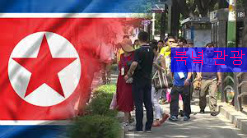

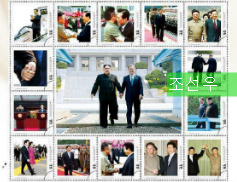
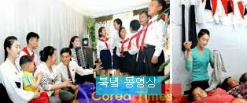

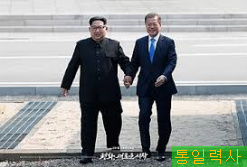
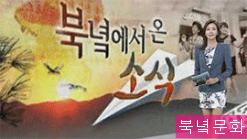






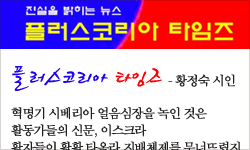


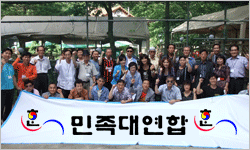
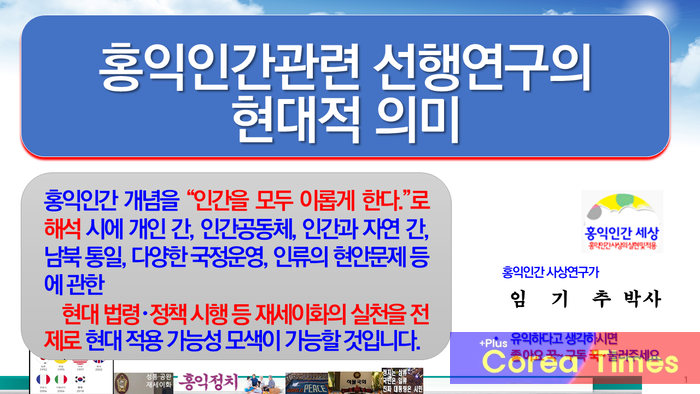






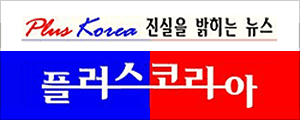

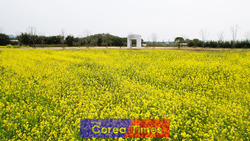
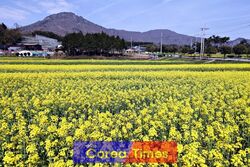
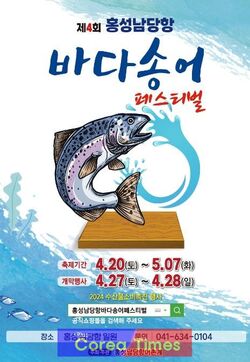
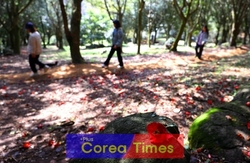
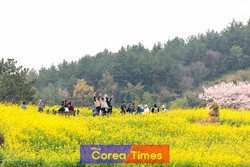
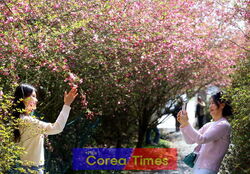

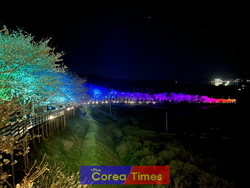
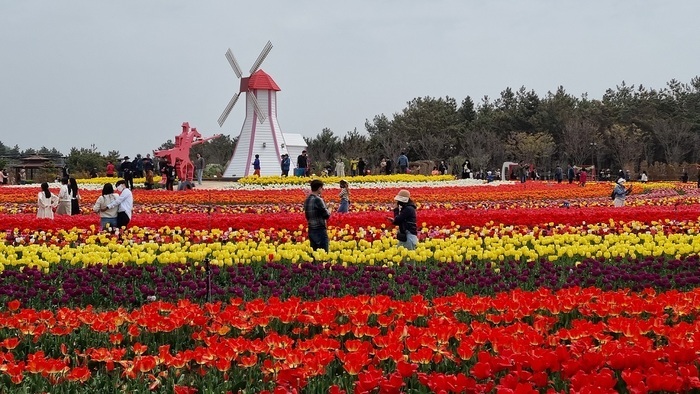
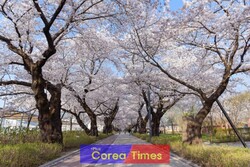
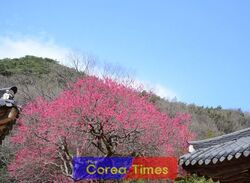
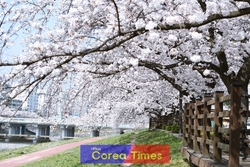
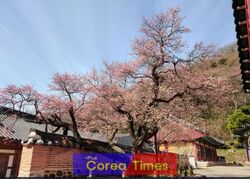
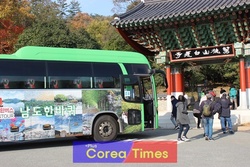
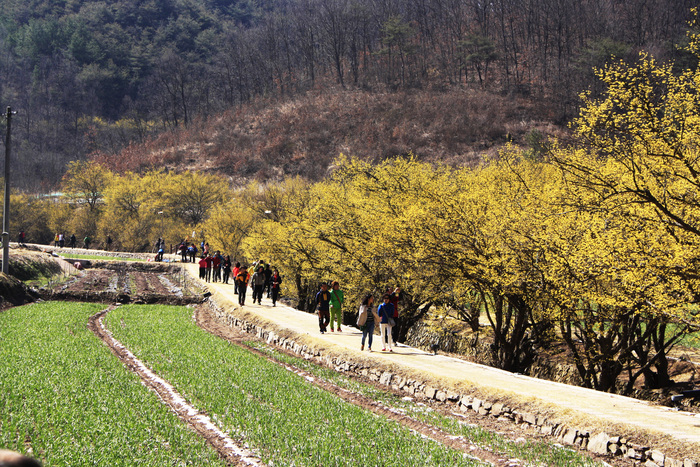
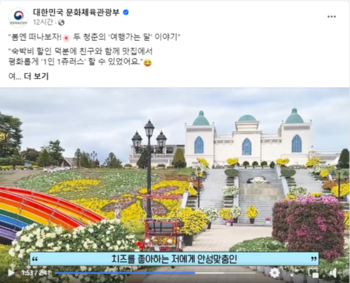
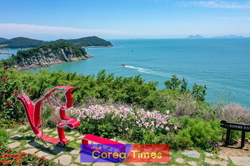
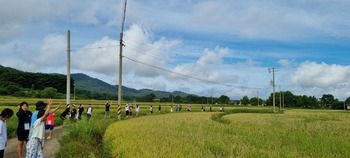
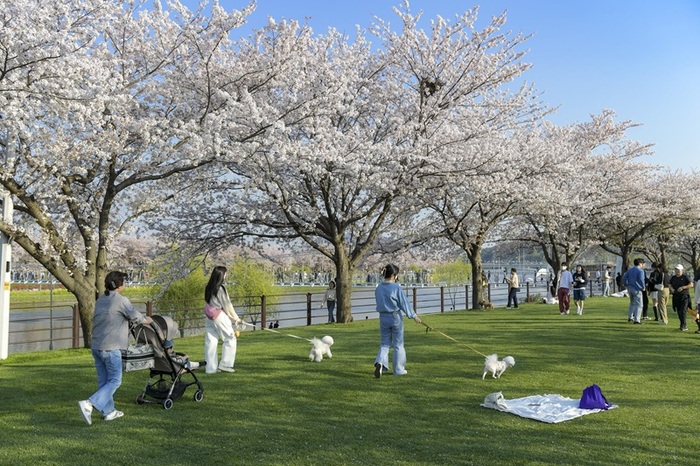
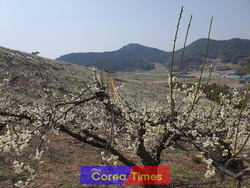
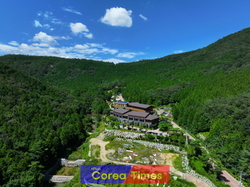
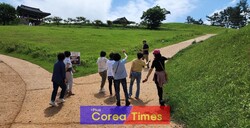
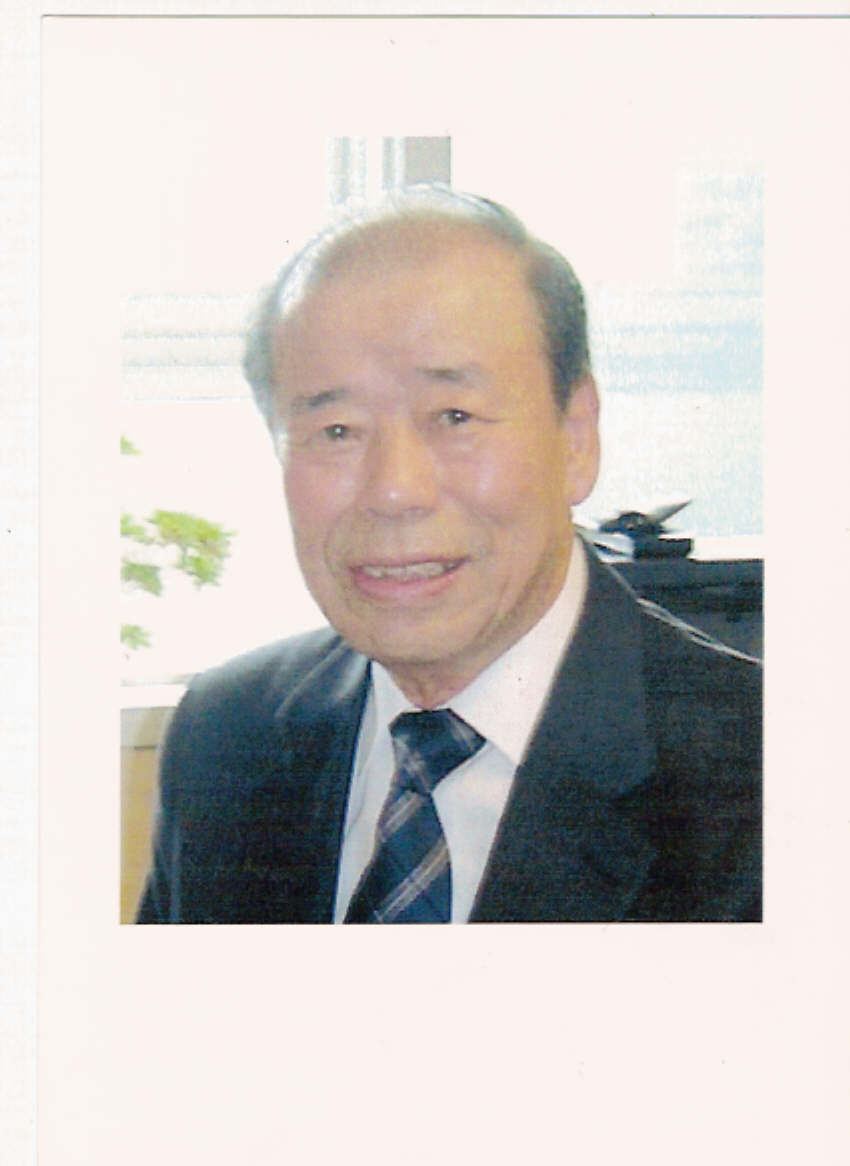
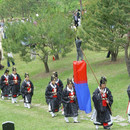


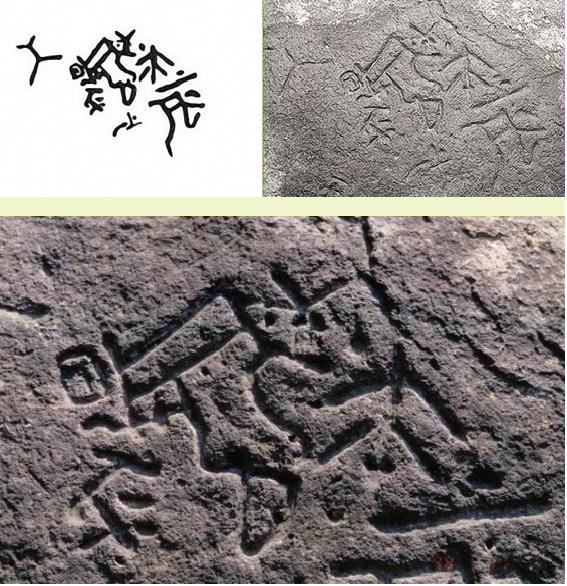
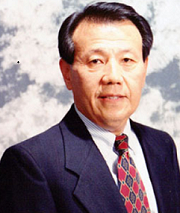
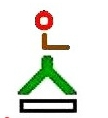
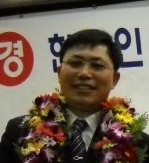
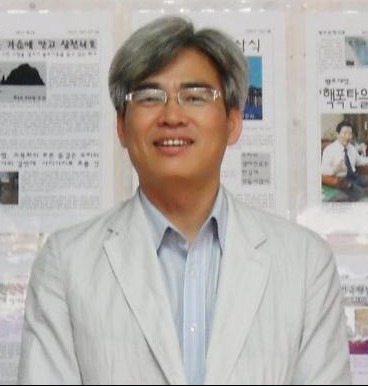
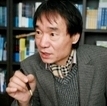
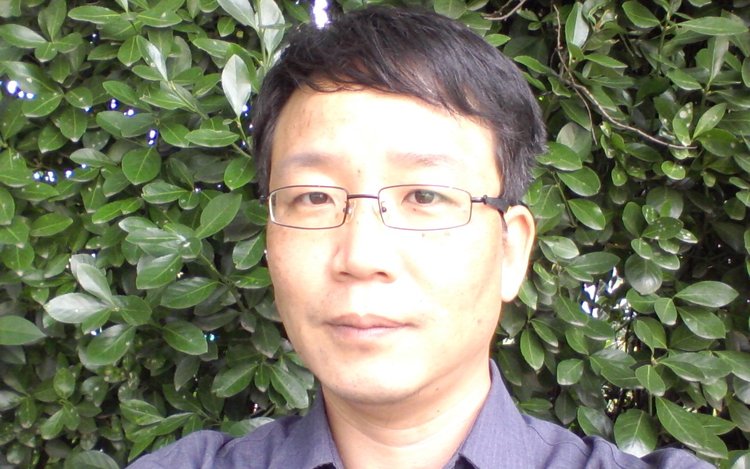
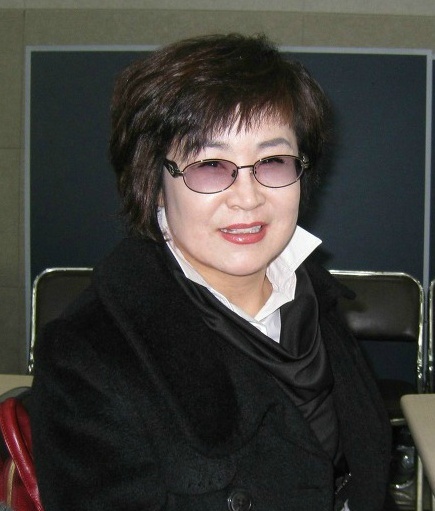
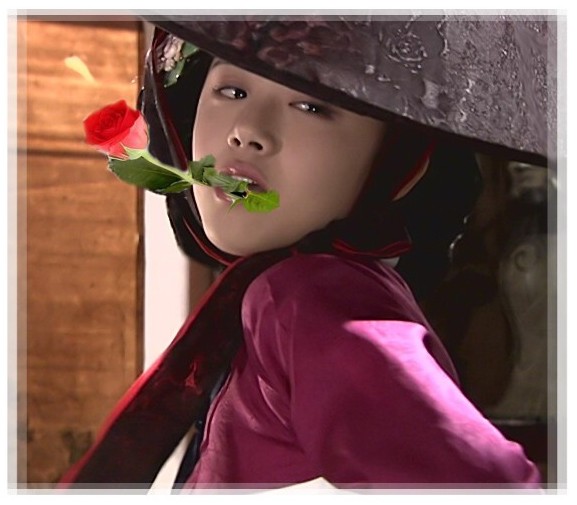
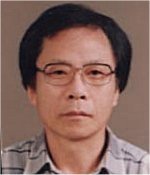
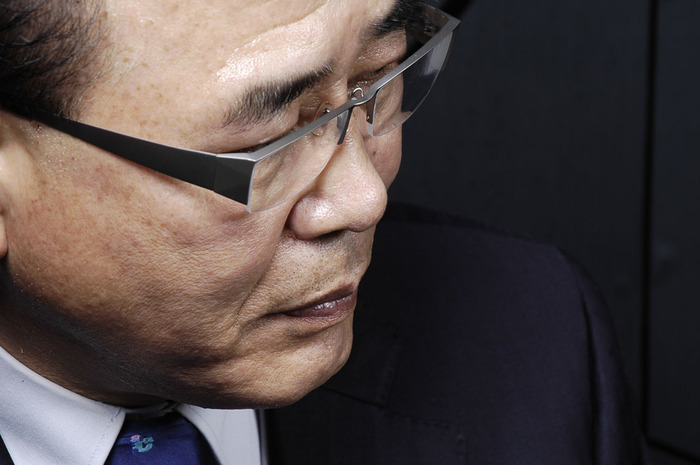
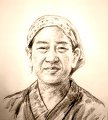

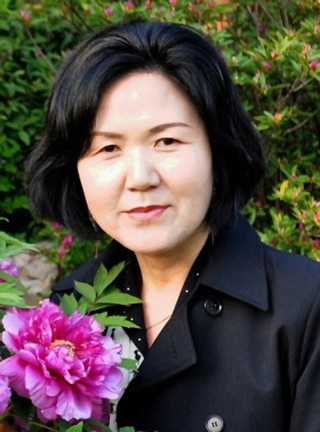
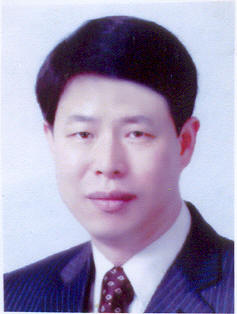

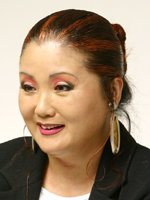
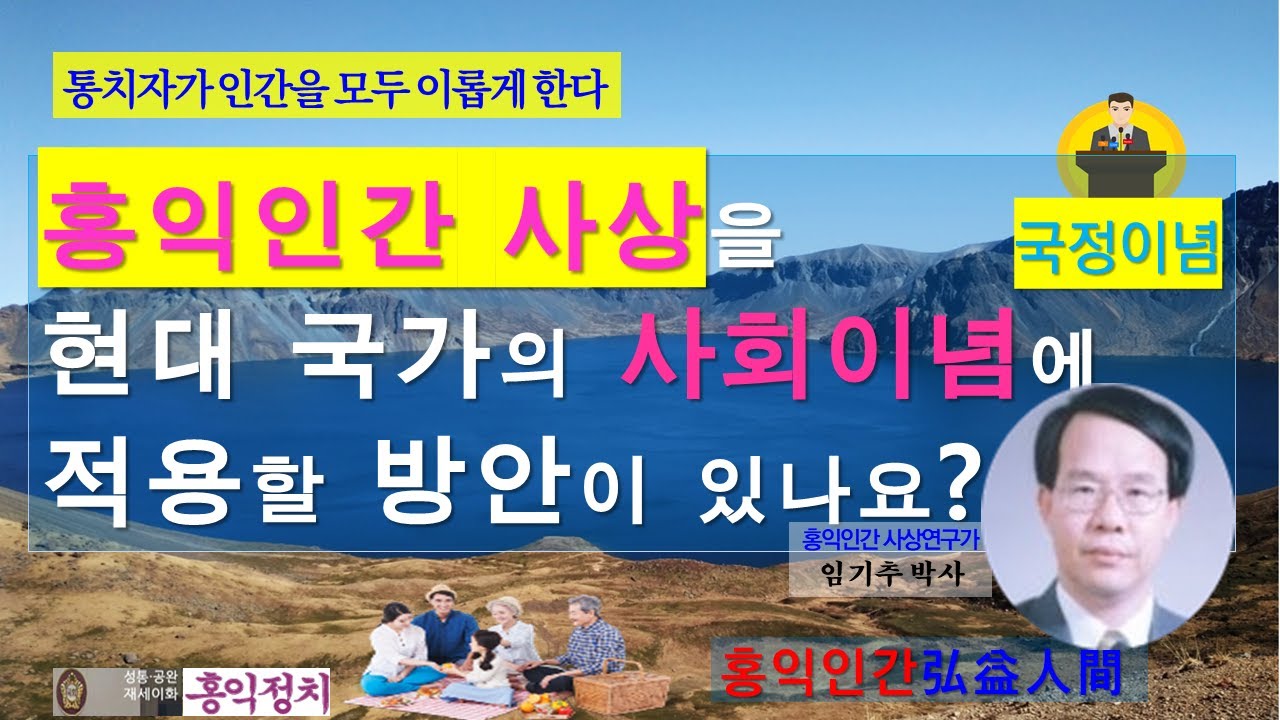

 '잊혀진 계절'누굴위해 존재하는가
'잊혀진 계절'누굴위해 존재하는가
